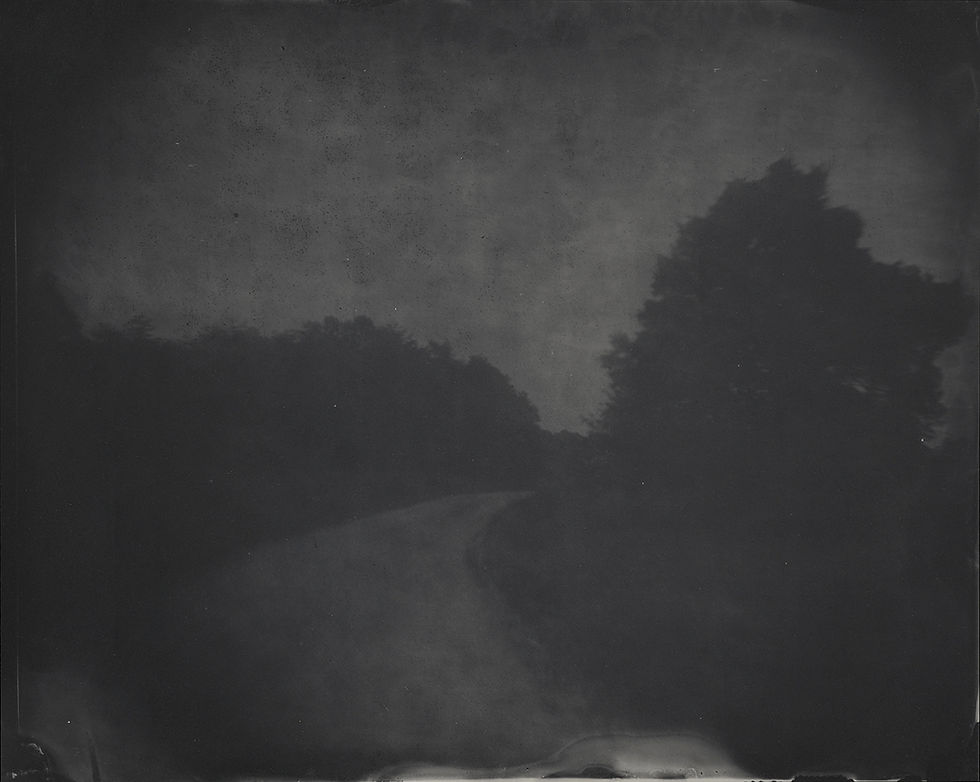A little joy is a wonderful "learning outcome"
- frida@artyardbklyn.org

- May 28, 2020
- 2 min read
Memorial Day is an American holiday honoring the people who died while serving in the U.S. military. Originally known as Decoration Day, it originated in the years following the Civil War and became an official federal holiday in 1971. Many Americans observe Memorial Day by visiting cemeteries or memorials, holding family gatherings and participating in parades. This year presented a challenge to participate in those memorial rituals.
ART YARD Advanced Studio artists honored the day through an investigation of artworks which delve into the subject of battle, warriors, war, memory and remembrance.
We viewed and discussed 10 artworks including paintings, drawings, posters and photographs created over a 200 year span. Each artist selected one of the artworks to use as an inspiration for three drawings. We began with a quickly drawn sketch of the composition, then zoomed in on a detail of the work we found particularly moving looking closely at the stylistic characteristics of the artwork. The final drawing was either a larger detail or a depiction of the full composition.
I will intersperse images of the work between the images and information of the works we viewed, discussed and used for inspiration. More of our drawings are on the Gallery page.






















During our critique we noticed that the longer time afforded the final drawing is evident in the level of accomplishment. All artists received heartfelt compliments on their work and we noticed that the structure of the lesson really brought out clearly how we are all diving into our own idiosyncratic personal art styles.
I was enjoying the sunshine earlier this week, sitting in my little garden, looking at the roses starting to bloom, watching a large bee careen from flower to flower when I thought of a good theme for this week’s CREATE thread – Seasonal Change.
Even while looking out my windows I am noticing the change. There is far more bright green foliage near my window thus creating a shorter vista. Even my cats Rik and Lola are less inclined to lounge in their plush beds and more likely to sprawl on a thin carpet near the open window (with double window screens for safety, of course.).

Here are some of our images exploring the theme:






Please add your observations and pictures, videos and thoughts on the topic, or email me (frida@artyardbklyn.org) and I will add them to the thread for you.
I read an interesting piece by Cathy Davidson titled The Single Most Essential Requirement in Designing a Fall Online Course (May 11, 2020). There were several salient points that resonated with me. I particularly appreciate her thoughts on involving students in decision making and course development. But my favorite lines are these:
“And we all know artists and writers and performers putting their own creativity out there online for free. Students as consumers and makers of all the arts provide an ideal antidote to isolation and anxiety. A little joy is a wonderful "learning outcome" to build into a class design.”
And with THAT in mind...






Comments